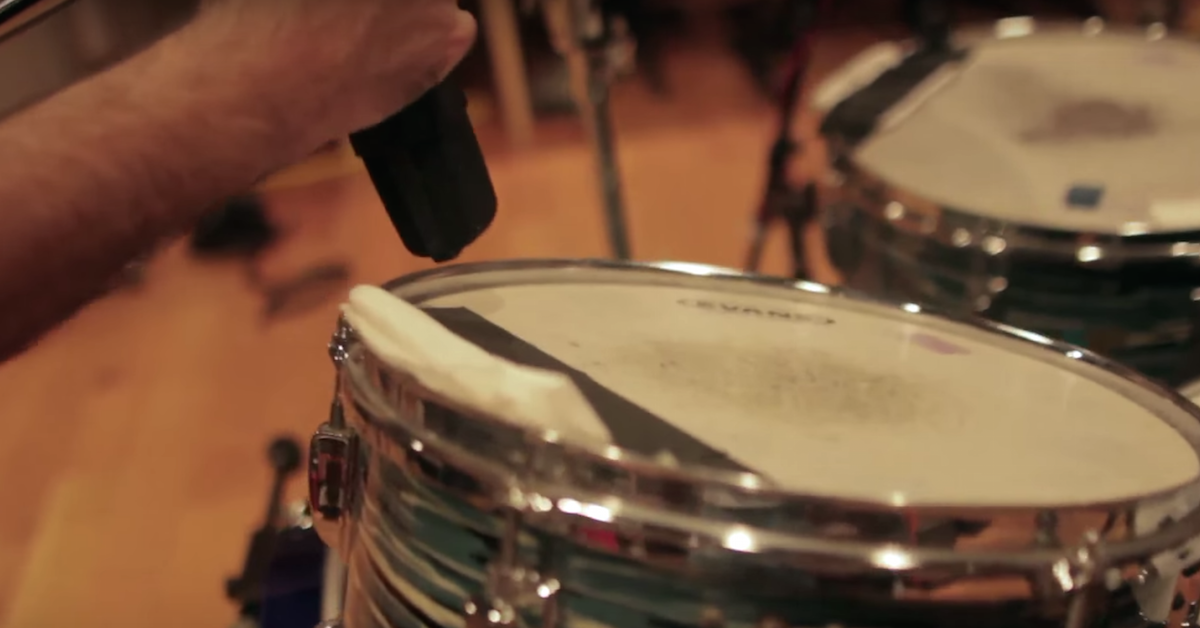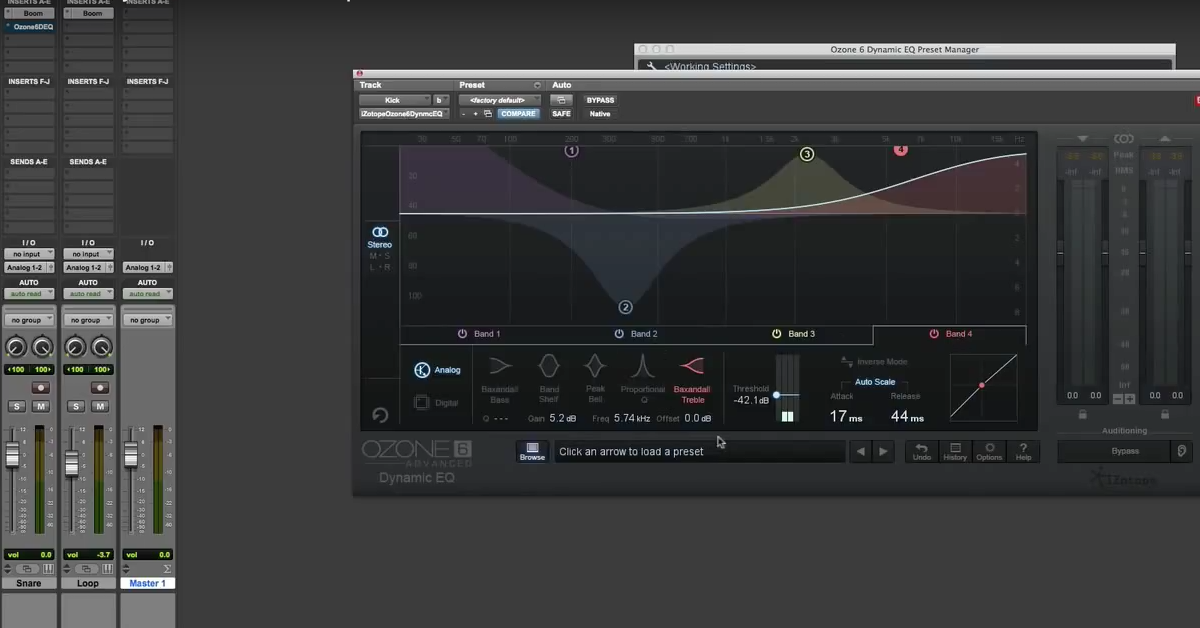How to Increase Your Versatility in the Studio
Article Content
Becoming a producer is a very daunting task. A big part of the job is directing musicians and artists, steering them towards a desired sound and performance. You may even be directing yourself. The more you know about the instruments in your chosen style, the more you gain better control of where to steer the project.
Carriage For Two
Let’s talk for a second about some of the differences between engineering and producing. They not only get mistaken for one another but sometimes are considered the same thing.
The engineer is the person setting up mics, making sure all signals are clean and running the tape deck. They’re making sure the phase is correct on the drums and the session is backed up properly.
The producer is imagining the sounds that the engineer should be setting up for. They’re listening to the performance of the song and thinking about how the arrangement will work in mixing. Although producers often know a lot about engineering, their focus is on the actual song and sound. This is one of the reasons it’s a joy to have an engineer. It allows you to focus on the music.
I Can Only Imagine
When imagining the blend of sounds that make up recording, it’s helpful to have a good understanding of the elements you’re recording. That means not only having an idea of how a ribbon mic sounds different from a condenser mic but also how different guitar amps and drum heads affect vibe.
The greatest producers I’ve worked with in my career have great general knowledge of every element involved in recording. And how those elements will all fit together in the end.
Lesson Learned
A good way to advance your understanding of different instruments is to take lessons. The goal here is not to become a master virtuoso, but simply gain knowledge of the inner workings of each instrument.
Learn a little bit of the language and explore the vast variations of sound capable from the instrument relevant to the style you are working with. This will allow you to make better decisions while recording which, ultimately, makes mixing so much easier.
This doesn’t mean you have to spend years playing an instrument. A handful of lessons can help you to gain a wealth of information.
Knowledge Room
It’s good to know how guitar picks affect the tonality of a guitar as opposed to finger-style or thumb-picking. Ask your teacher to demonstrate different guitars and amp combinations and to explain signal flow from pedals to an amp.
If you’ve spent time on your own with the guitar and you are not getting the performance you want out of the musician or artist, you can sift through your memories of lessons and see if you can isolate the problem or search for a solution with ideas.
For Example
Occasionally, guitarists come into the studio with giant pedal boards. When they plug into the amp, everything sounds lifeless. Because of my knowledge and experience, I knew that they were plugged into too many pedals. I suggested they disconnect all the pedals they weren’t using.
Cliff Notes
Don’t forget to take good notes. It will be hard for everything to stick in such short time. You’re going to want to have a reference for the future.
At first, I strongly suggest gearing yourself toward styles of music you’re into. It’s a big sea out there. Although learning things about jazz tone is great, it’s not an immediate necessity if you play straight-up rock. This means you have to find the right teacher. Make sure the teacher is a specialist in the style you’re researching.
Think about the bands you like. Inquire of your teacher some of the basic ingredients that music requires. Again, it’s not about you becoming an amazing musician. You’re not going to perform.
Bang On
Drums have so many variations in sound, way more than most people are aware of. They are very sensitive to the area in which you hit them. In the center? Off to the left a little? Off center a lot? Velocity also greatly varies the sound of the drum.
You should also learn some basics about drum tuning. The days of big budgets where a drum tech would be hired for a session are long gone. You’re on your own now. If something isn’t sounding good, you need to be the one to fix it. Drums too ringy? There are ways to dampen them. Sitting down with a drum instructor can give you a lot of the insight you will need.
Whether you “butt” the hi-hats or “tip” them makes a huge difference in vibe. For instance, you’re not going to get that amazing Al Jackson Jr. tone butting the hats and hitting hard in the center of the drum.
See how this knowledge can help you to direct musicians in a session? You’re basically giving the coordinates on a map. They can follow the guidelines to the destination. You’re just telling them where the landmarks are.
Big Bottom
What kind of strings you use is a common discussion for bass. Bassists who like a more modern sound use roundwounds. People who like old Motown, New Orleans funk and the Beatles love flatwounds. There is a huge difference in tone.
Where you strike the bass string is also (you guessed it) — IMPORTANT! I can write a book on all these variations, but the point is not to know everything. Just have enough direction to help get you to your destination. Think of it as having just enough bus fare to get you to there.
Some bassists place foam beneath the strings to deaden the sound a bit. How much and where do you place it? Ask your doctor, er… teacher. In your next session, you’ll not only be able to diagnose bright bass syndrome but write a prescription for the cure.
Knowing these subtleties will save you time down the line. You will need fewer plug-ins and not feel the need to fiddle as much. It’s near impossible to get those sounds back once you’ve recorded them.
Strings Attached
Are you going to be recording a lot of strings? Study with a violinist or cellist.
One thing it’s good to know when working with string players is that they play sharps and flats a little bit differently. Since it’s not a fretted instrument, the mind takes over intonation. Sharp is usually a little higher than a flat (hence the rem sharp).
For instance, C# and Db are not the same note. This is important in a session when you are either making a chart or communicating out loud.
Taking Lessons be a quick or cheap investment, but it’s one that can really help you in the future. Reading about the differences are just not enough. Seeing it an hearing it in front of you are more valuable than I could ever explain.
Feel free to reach out to me for any questions or consultations on instruments.





